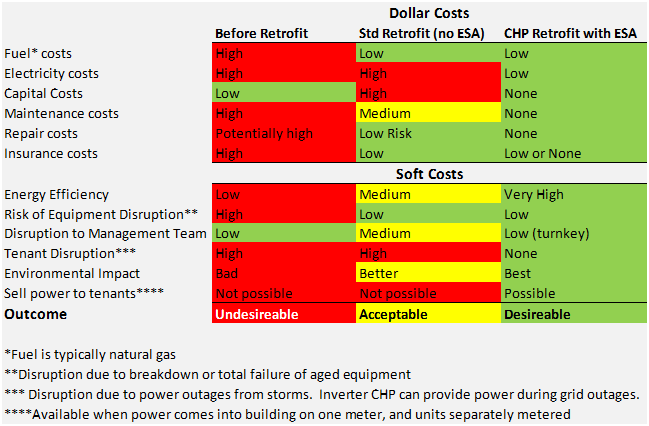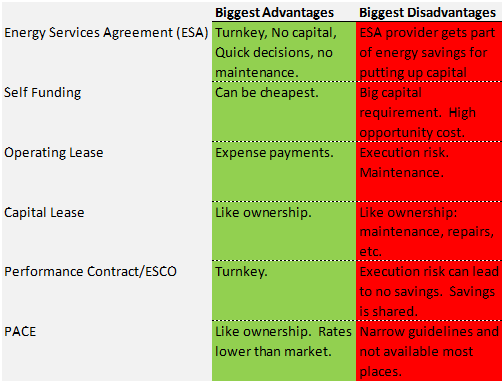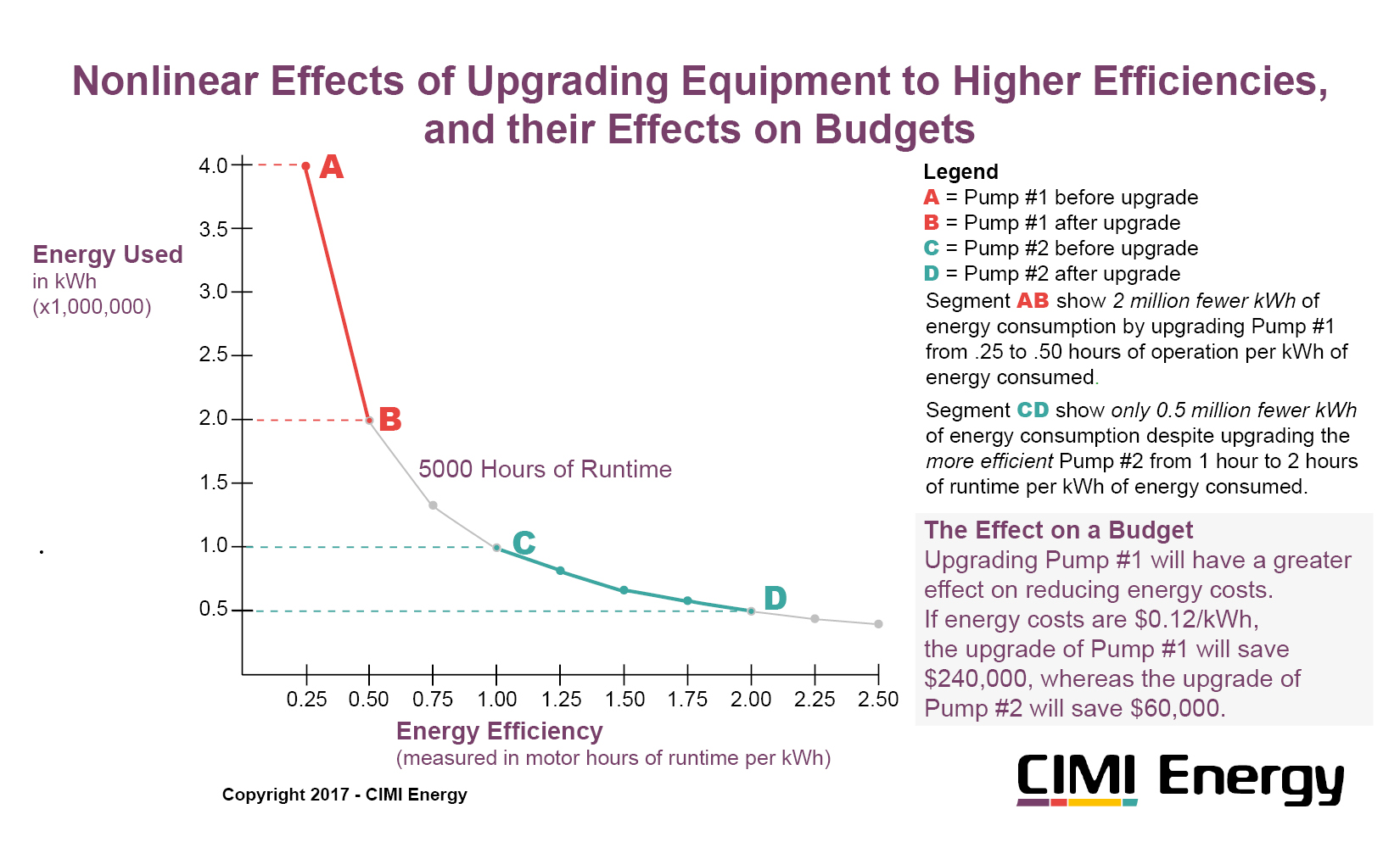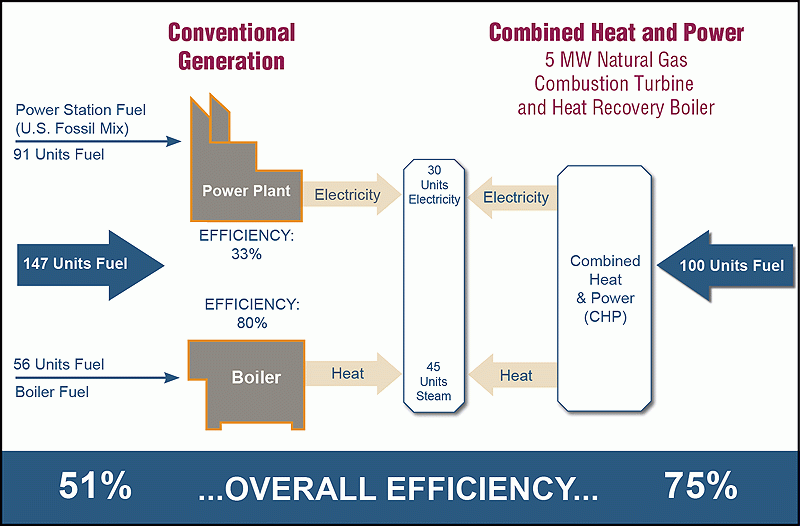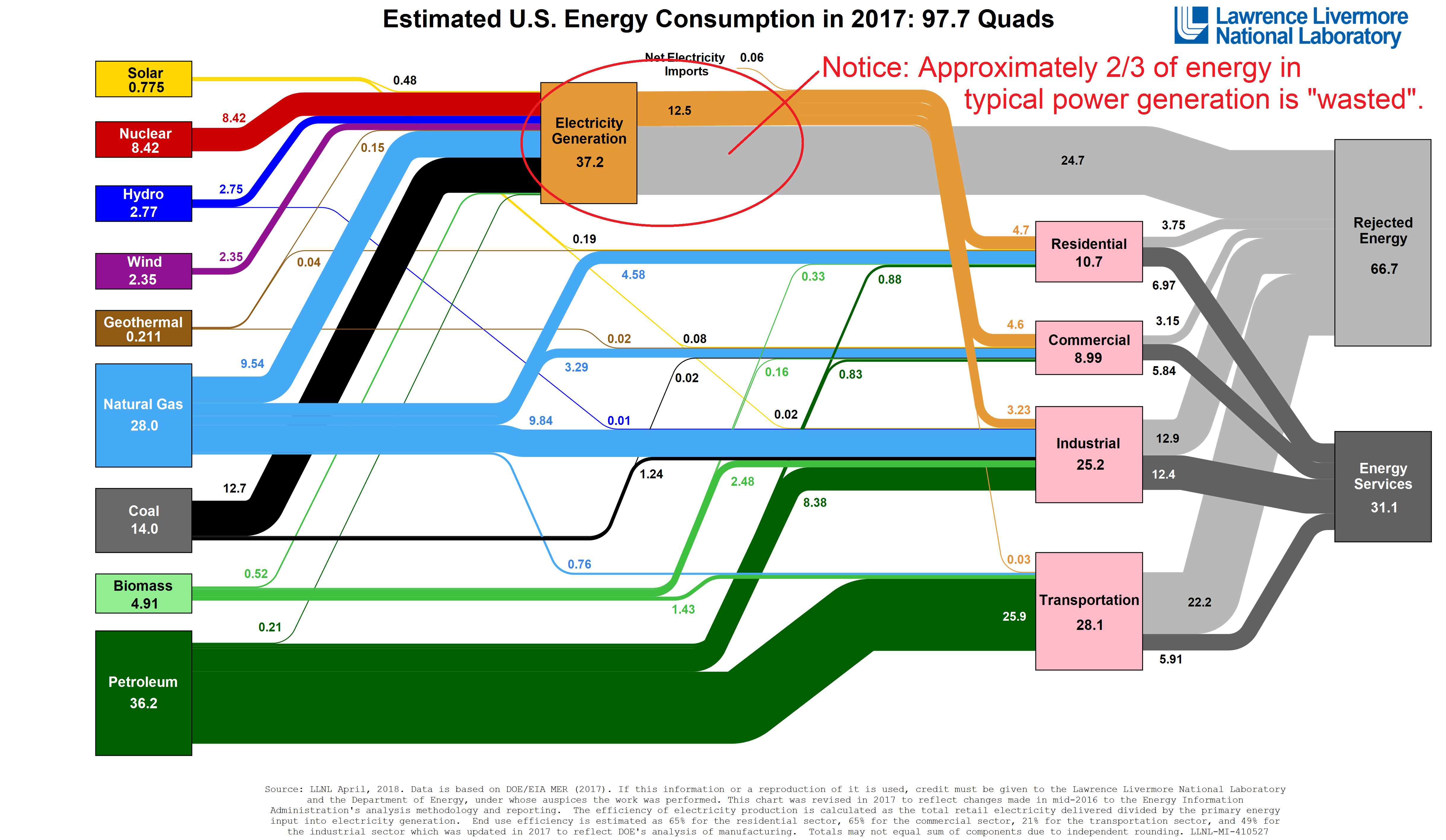Energy storage systems (ESS) present an opportunity for lowering energy costs, particularly for large energy consumers like industrial plants, hospitals, and large multifamily complexes. This is especially relevant in Massachusetts and New York, where incentives make the financial benefits compelling.
What is the value of storing energy?
ESS provide value in several ways. For one, these systems can be configured to help utilities reduce the energy transmitted during peak weather events, such as exceedingly hot or cold days. The batteries are loaded in anticipation of the peak event, and subsequently disbursed of energy during the peak event. By disbursing the energy in this way, the ESS acts like a small scale power plant. This lowers power transmission spikes and the very high costs often associated with them.
Grid stability and resiliency are additional benefits. If part of the grid goes down, for example, during a weather event like Superstorm Sandy, the energy in the batteries can be used to provide power in a local area, if they’re integrated within a microgrid.
A fourth point of value is in the context of renewable energy, particularly solar and wind energy. Both energy sources are growing quickly, particularly in Massachusetts and New York State. Solar and wind capture energy, but not always when it’s needed most. So the ESS stores excess (or cheaper) energy when it’s produced, and then disburses it when its value is optimized.
ESS Optimization
As noted, customer-sited energy storage systems provide benefits to power producers and power distributors. These benefits are monetizable for the owner of the ESS. In a typical scenario, the utility pays the owner of the ESS for power drawn from the ESS to the grid.
In a second common scenario, the energy is used on-site to flatten out demand and reduce utility demand charges. Our partner, Enel X provides value in both scenarios. The company’s software optimizes the revenue for the owner of the ESS, buying power when it is cheaper, storing it in the ESS, and either using it when utility demand charges kick in, or selling it back to the grid.
Development and Ownership of the ESS
Obtaining an ESS is not akin to buying an appliance or new motor… there’s much more scale and complexity with the storage system. As you might expect, the capital requirements are significant. Fortunately, they do not have to be born by the property owner.
For most ESS installations, the engineering, planning, installation, ownership, maintenance and operation of the ESS can all be farmed out, typically to one single entity. That entity is proficient in doing (or managing) all of those things. For most organizations considering an ESS, this is the type of arrangement that’s most suitable. Exceptions might be large Fortune 500 type companies that have the scale to develop and maintain the specialized knowledge and expertise that’s needed to optimize the ESS.
The ESS developer/maintainer/owner attempts to maximize revenue from the equipment. The owner of the property on which the ESS sits gets paid a percentage of the revenue derived from the ESS. Because the payment is a percentage, it keeps the interests of all the parties, ESS owner and property owner, aligned.
For the property owner upon which the ESS sits, there’s no capital required. The ESS generates revenue with no downsides.
Resources
A good extra resource on this subject, with content that goes beyond battery storage can be see on this page published by the Federal government’s Energy Information Administration.


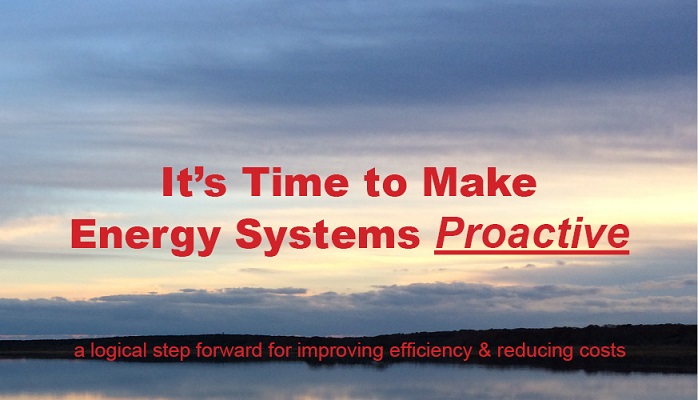
 road. You see a sign that says “Stop Ahead”. This is an opportunity to be proactive. You can take your foot off the accelerator and let the momentum of the car carry you forward to the stop line. That’s proactive and saves a little bit of energy. Now imagine you’re on a highway and you see a sign that says “Exit Right 1 Mile”. If that’s your exit, you can look for a good opportunity to move over to the right lane. That’s also being proactive. A third example is when you drive with your high beams on at night, you’re gaining more “visual data”; you can be more proactive in dealing with upcoming road hazards.
road. You see a sign that says “Stop Ahead”. This is an opportunity to be proactive. You can take your foot off the accelerator and let the momentum of the car carry you forward to the stop line. That’s proactive and saves a little bit of energy. Now imagine you’re on a highway and you see a sign that says “Exit Right 1 Mile”. If that’s your exit, you can look for a good opportunity to move over to the right lane. That’s also being proactive. A third example is when you drive with your high beams on at night, you’re gaining more “visual data”; you can be more proactive in dealing with upcoming road hazards. 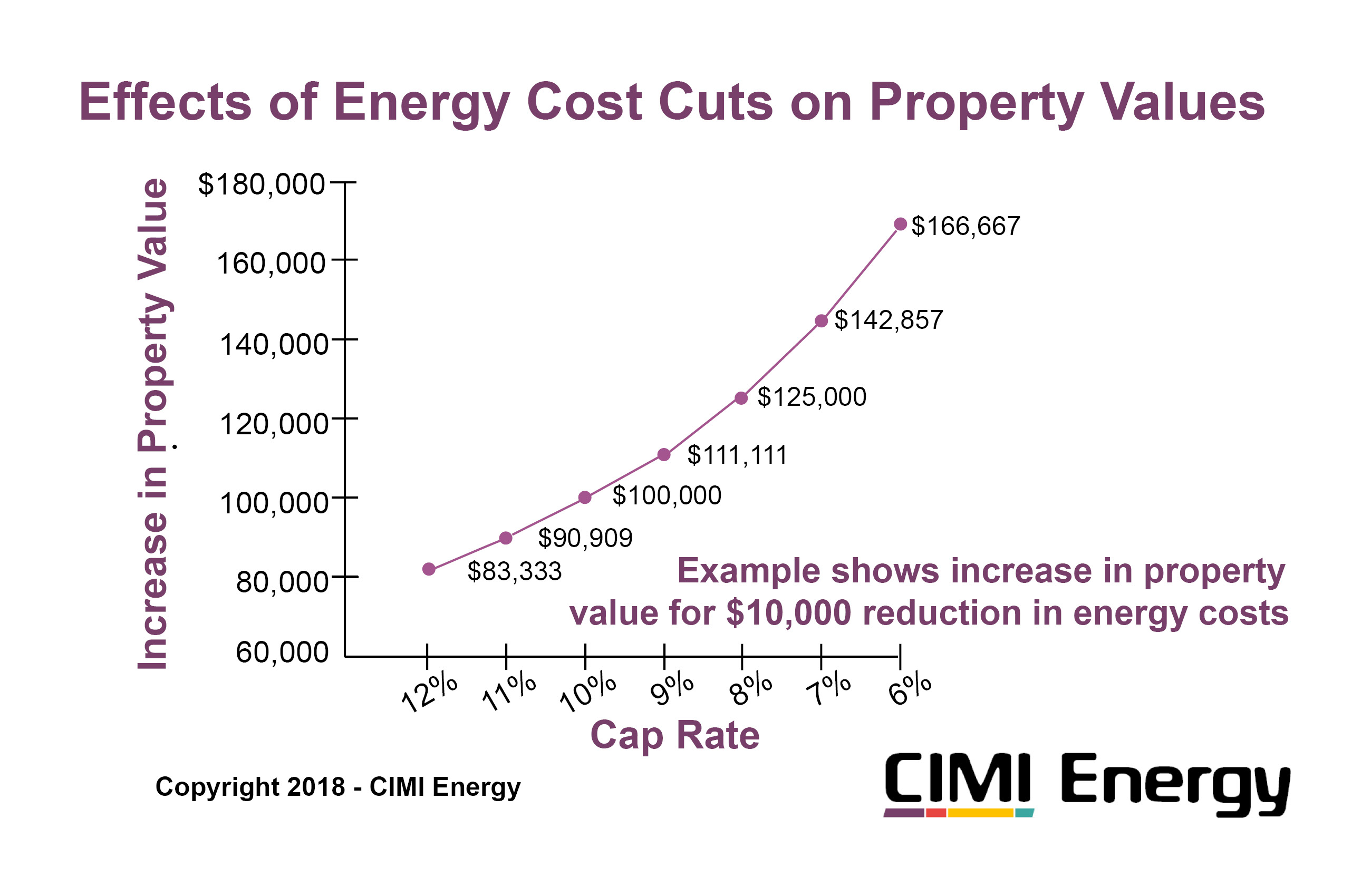

 Our partner Leanheat has created energy intelligence software that bundles artificial intelligence (AI) with the Internet of Things (IoT) to determine each building’s UEF. The technologies integrate seamlessly with existing building assets. Building energy use is reduced through improvements in system efficiency.
Our partner Leanheat has created energy intelligence software that bundles artificial intelligence (AI) with the Internet of Things (IoT) to determine each building’s UEF. The technologies integrate seamlessly with existing building assets. Building energy use is reduced through improvements in system efficiency.